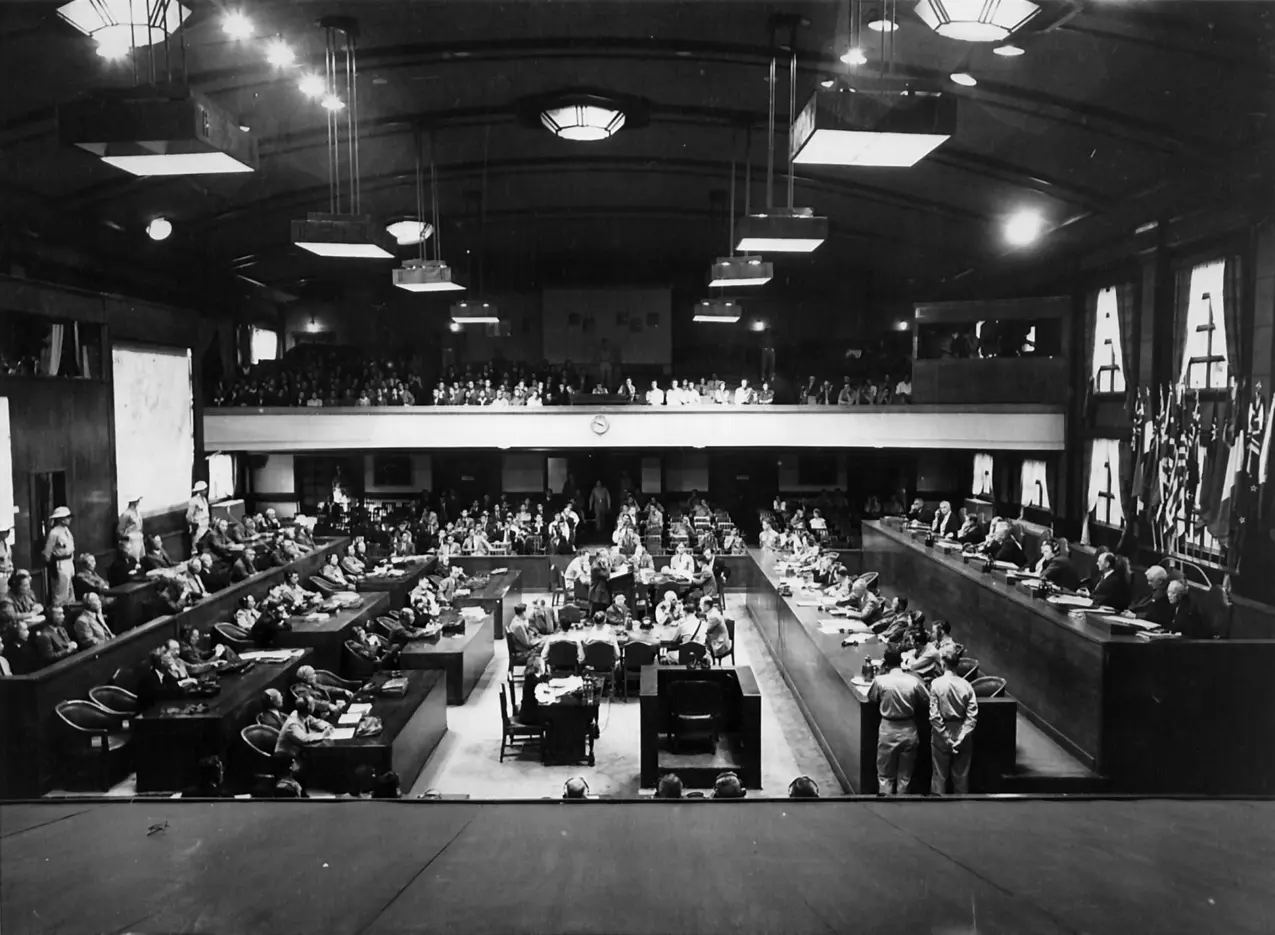
Justice in Asia and the Pacific, 1945-1952
The trial of major German war criminals at the International Military Tribunal at Nuremberg (IMT, 1945-1946) is remembered to this day as a landmark event in the historical development of international criminal justice. What is far less known but by no means of lesser importance is the fact that the Allied Powers contemporaneously held the trial of major Japanese war criminals at the International Military Tribunal for the Far East at Tokyo (IMTFE, 1946-1948) to establish the accountability of wartime Japanese leaders for the commission of aggression and atrocity in Asia and the Pacific.
More Projects
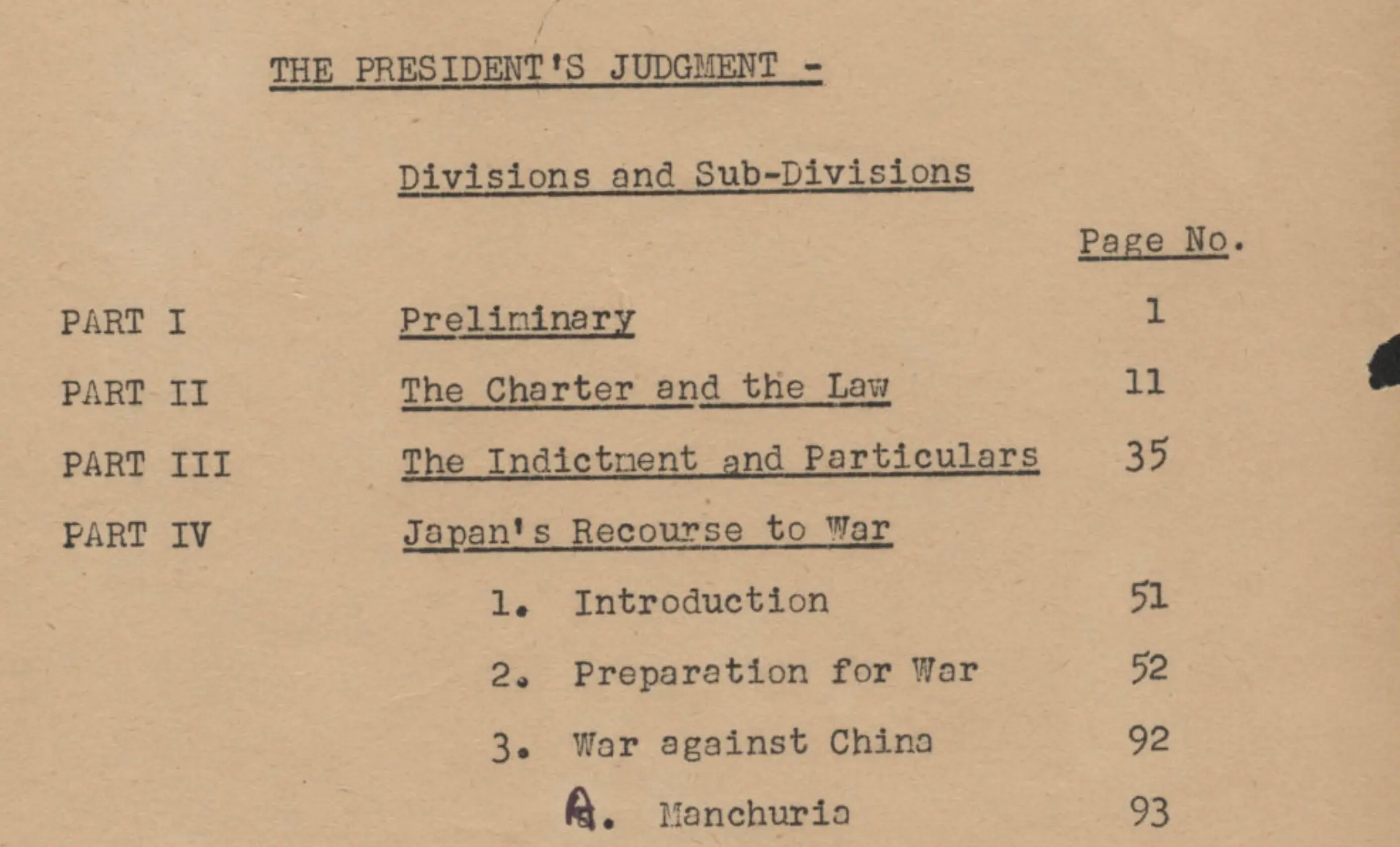
The Webb Draft Judgment
"The Webb Draft Judgment" refers to a 658-page judgment that Sir William F. Webb, the member for Australia and the president of the International Military Tribunal for the Far East (IMTFE, 1946-48), drew up as an alternative to the judgment produced by the IMTFE majority, since he was unable to agree with his fellow justices "on the law and on the method of approach to the ascertainment of the facts."
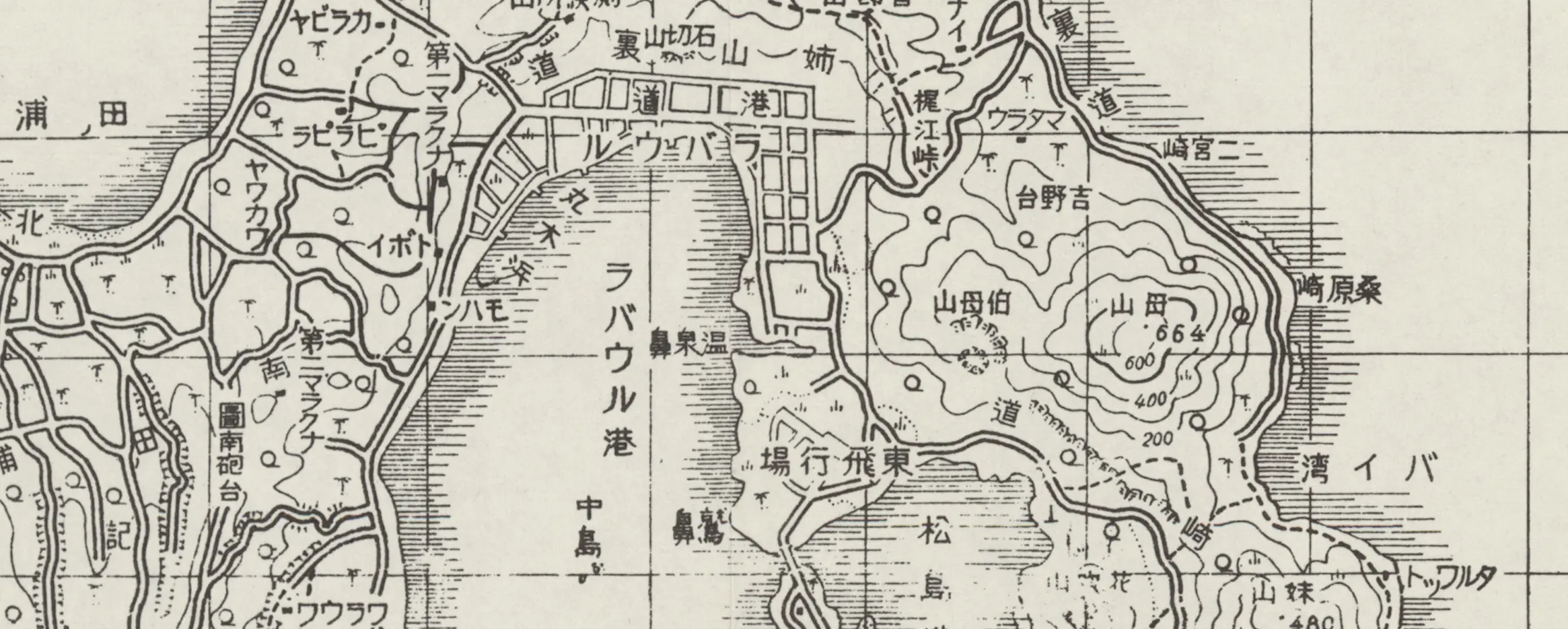
Fortress Rabaul
South Pacific Series: Part 3 of 3
This storymap draws upon the Japanese war history series, Senshi sōsho, to illuminate the story of the unlikely survival of those numerous Japanese servicemen trapped in the Rabaul area.
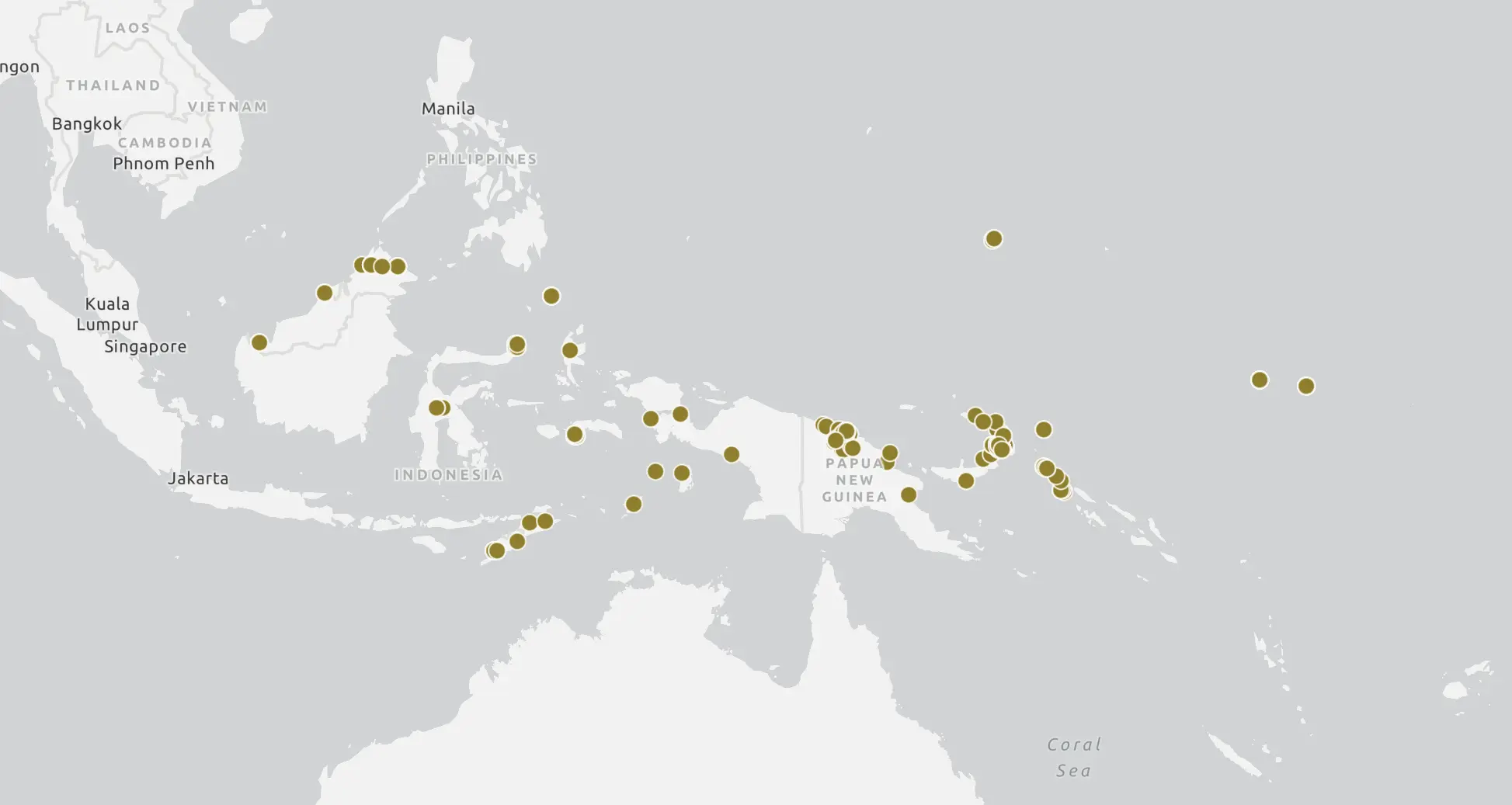
Australian Prosecutions of Japanese War Crimes in the South Pacific
South Pacific Series: Part 1 of 3
This web map visualizes geospatially the cases of war crimes committed by the Japanese in the South Pacific during World War II, against which the Australian authorities pursued criminal prosecutions at the end of hostilities.
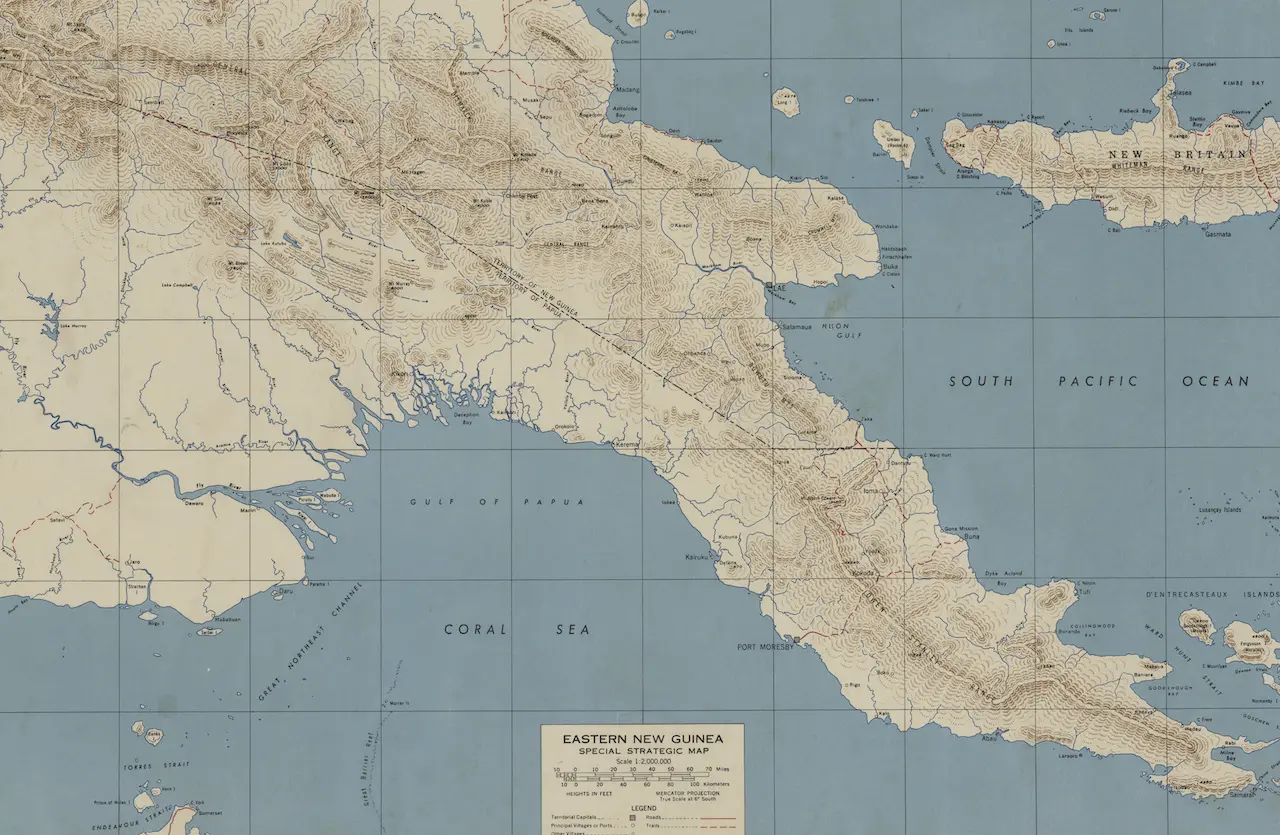
The Salawaket Crossing, September - October 1943: An Episode of Japanese Death Marches during the New Guinea Campaign
South Pacific Series: Part 2 of 3
Drawing upon the 102-volume Japanese war history series, Senshi sōsho (Tokyo: Asagumo shinbunsha, 1968-1980), this project maps the Salawaket Crossing, one of the episodes of death and starvation that the Japanese army and navy ground forces experienced during the New Guinea campaigns in the South Pacific.

WCDI Data and Visualization
We work with small datasets and mainly manual workflows to extract data from historical documents and produce maps, graphs, and other visualizations. There are challenges in working with historical materials, including their voluminous nature and deteriorating condition. As our methods and skills mature, we hold out hope that improvements in optical character recognition and machine learning will ease the digitization and ingestion of massive amounts of World War II war crimes documents.
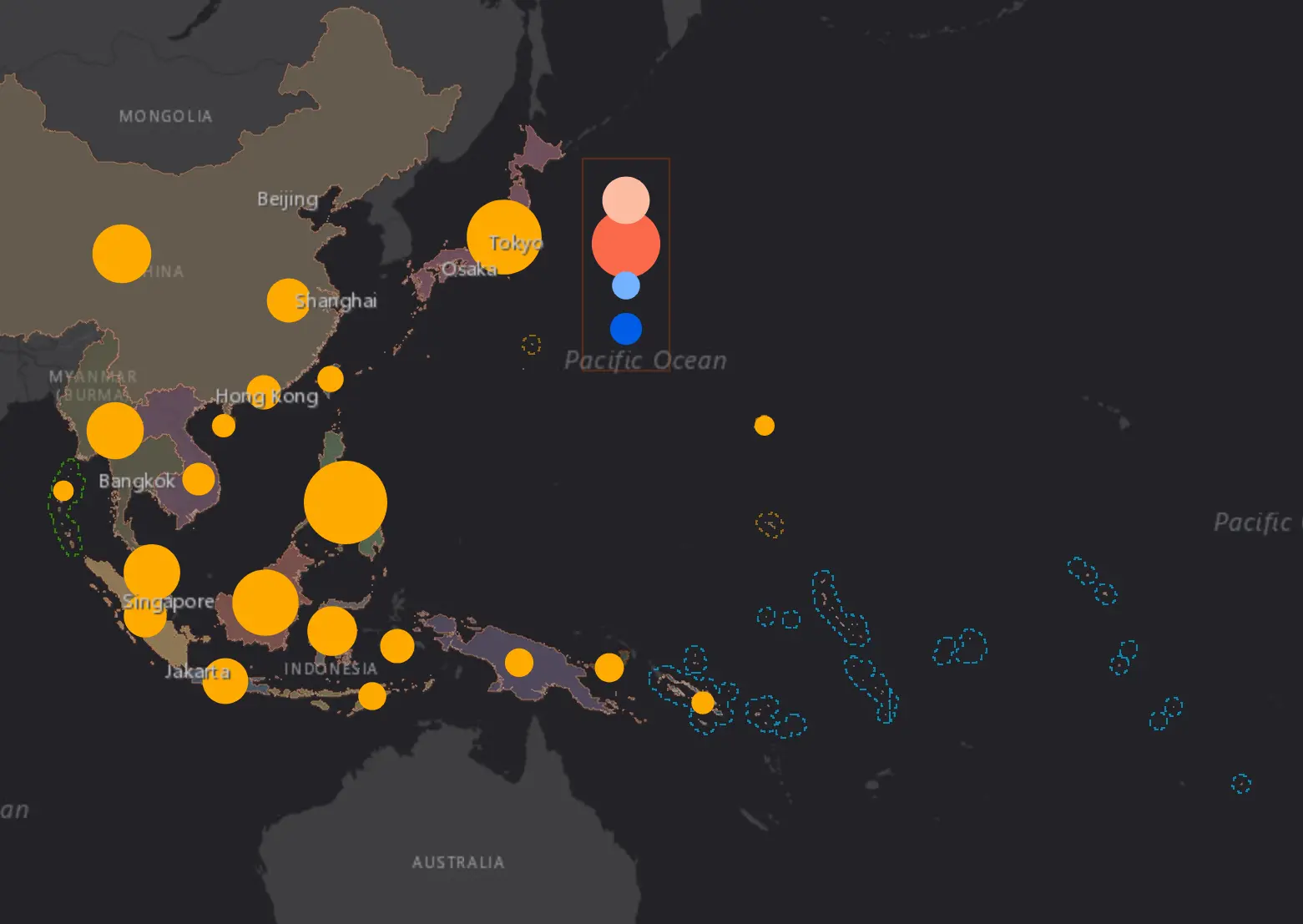
Documenting Japanese War Crimes at Tokyo: The International Military Tribunal for the Far East, 1946-1948
Documenting Japanese War Crimes at Tokyo was the first project to pilot some of WCDI’s ideas. It is an interactive map, using ArcGIS Online, showing the shifting geographical distribution and patterns of war crimes committed by members of the Japanese armed forces as documented by the prosecution during the trial of major Japanese war criminals at the International Military Tribunal for the Far East (IMTFE, 1946-1948).
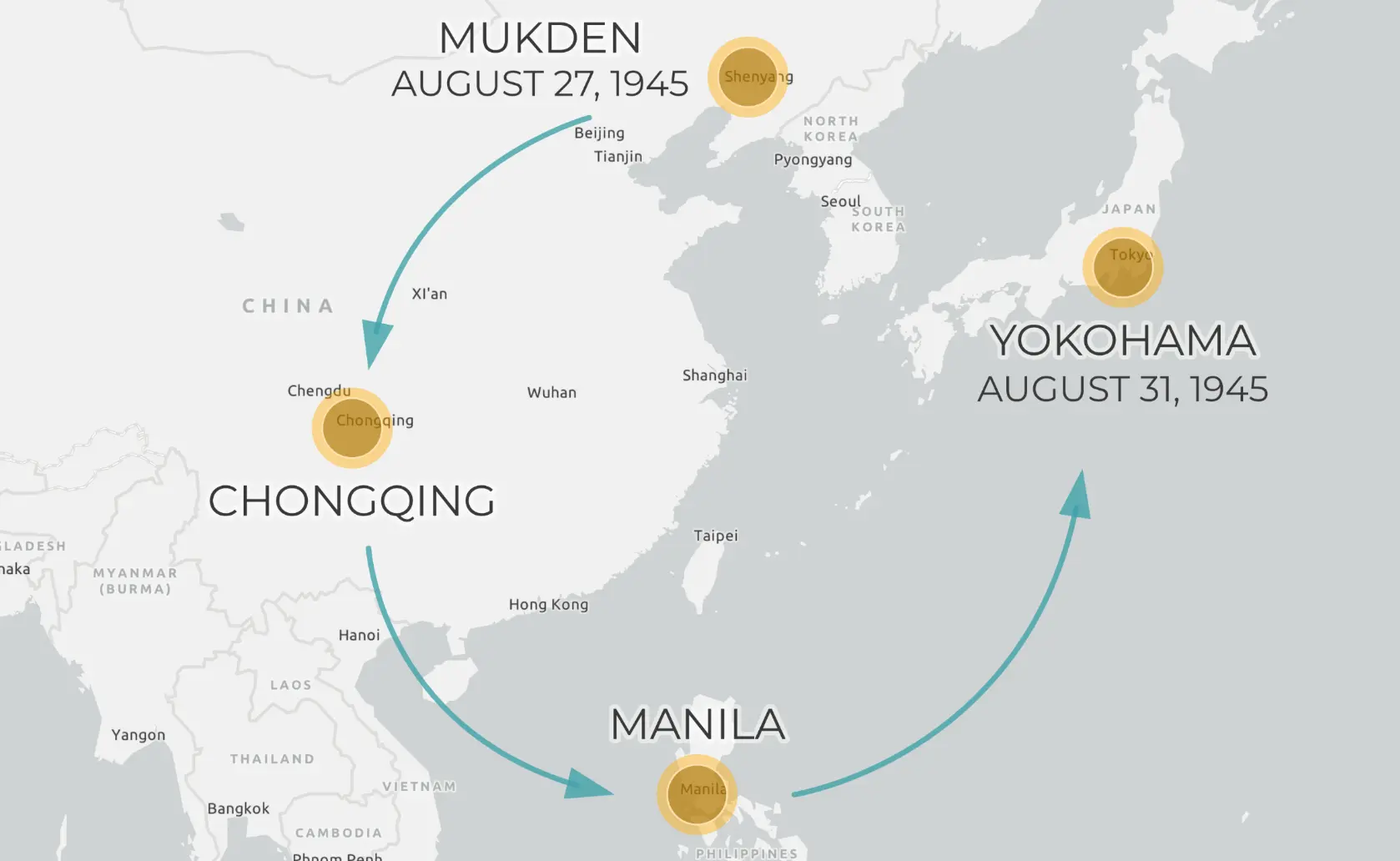
The Forgotten Soldiers: Prisoners of the Japanese during World War II in Asia and the Pacific
Prisoner-of-War Camps Series: Part 1 of 3
The passage of three quarters of a century since the end of World War II notwithstanding, heroism of the generation of soldiers who fought the war continues to inspire many. Bravery and fortitude of the service men and women did not manifest in the heat of combat alone but also in the dread of starvation, disease, mistreatment, and forced labor in the case of some 252,000 Allied military personnel who became prisoners of the Japanese.

Mapping POW Camps in Japan during World War II
Prisoner-of-War Camps Series: Part 2 of 3
This set of GIS data layers uses a small sample of historical data to visualize the intersection of war and war crimes across time and space. They reveal information on (1) transportation of prisoners of war from outlying areas in the Pacific theater to the Japanese home islands, (2) locations of Japanese industrial enterprises that used prisoners of war for forced labor, and (3) changing geographical distribution of prisoner-of-war camps in Japan in the last year of the war.

Graphing POW Camp Mistreatment in Wartime Japan
Prisoner-of-War Camps Series: Part 3 of 3
This graph database is a pilot project to help illuminate the connections and relationships among seemingly discrete war crimes trials that the Allied authorities held in Asia and the Pacific following the end of World War II. More than 2,240 trials took place involving some 5,700 suspected war criminals as accused at 51 separate locations in the former theaters of war. This pilot focuses on 235 cases concerning the Japanese mistreatment of Allied prisoners of war in wartime Japan, as had been made at the U.S. Army’s military commission at Yokohama (1946-1949).